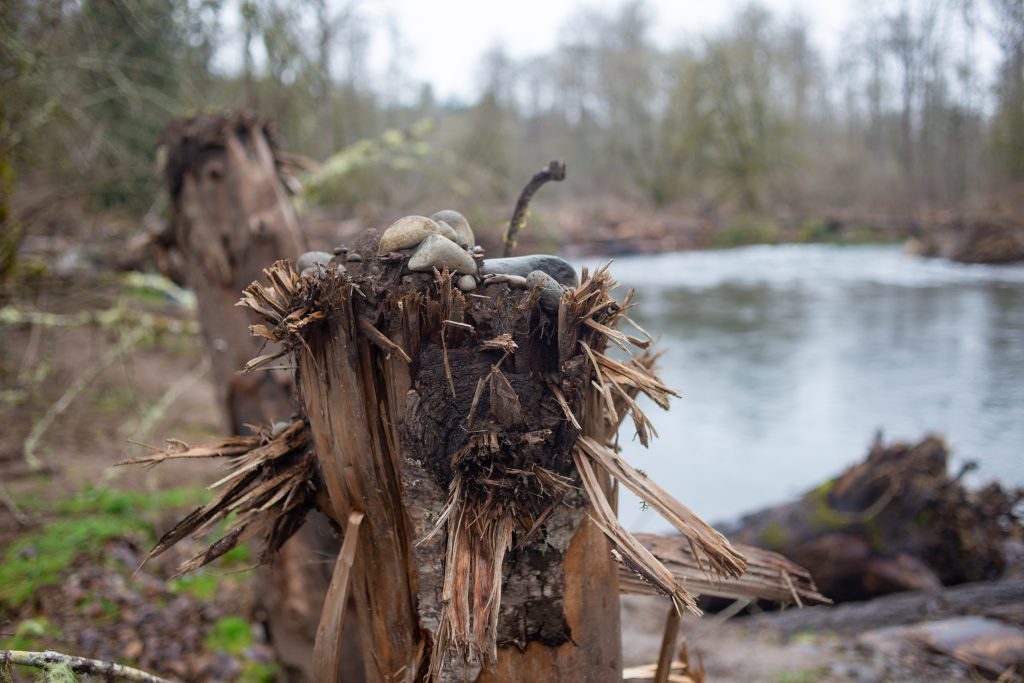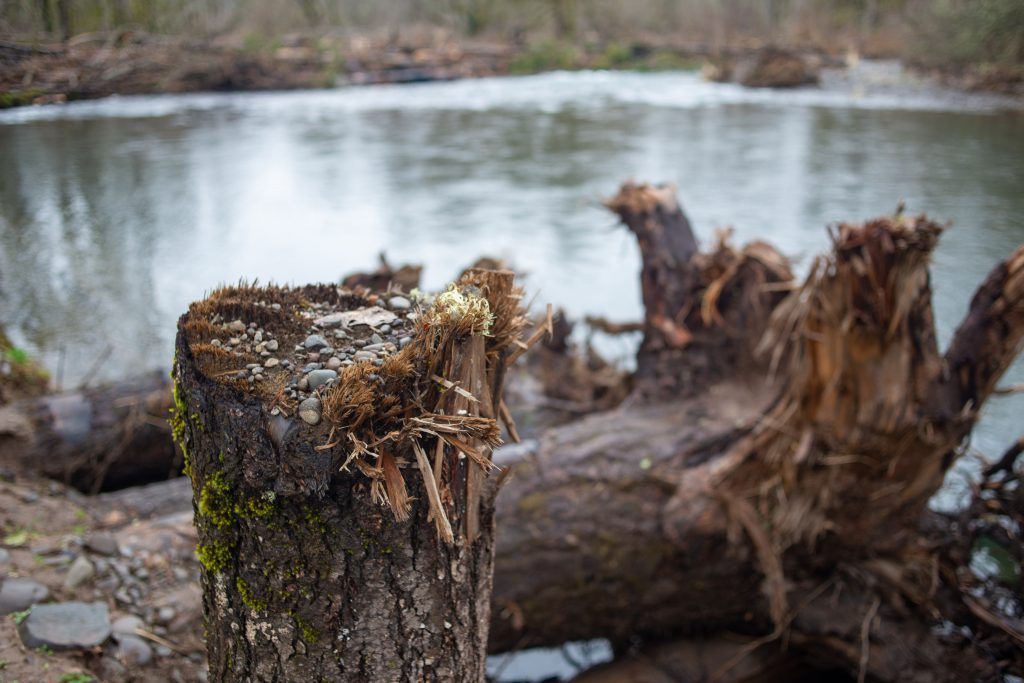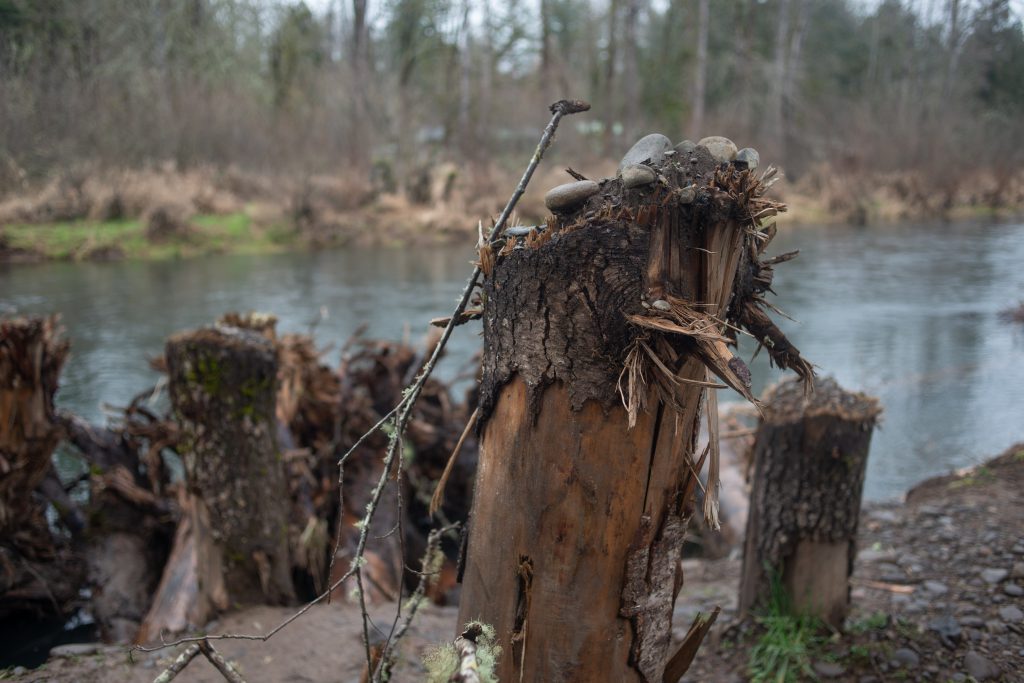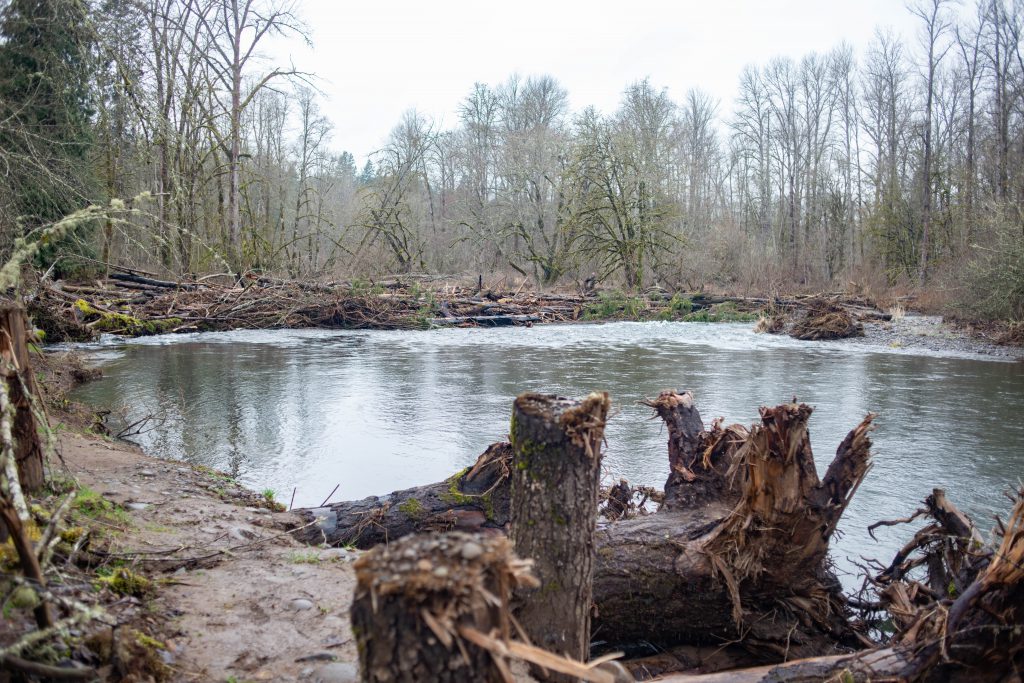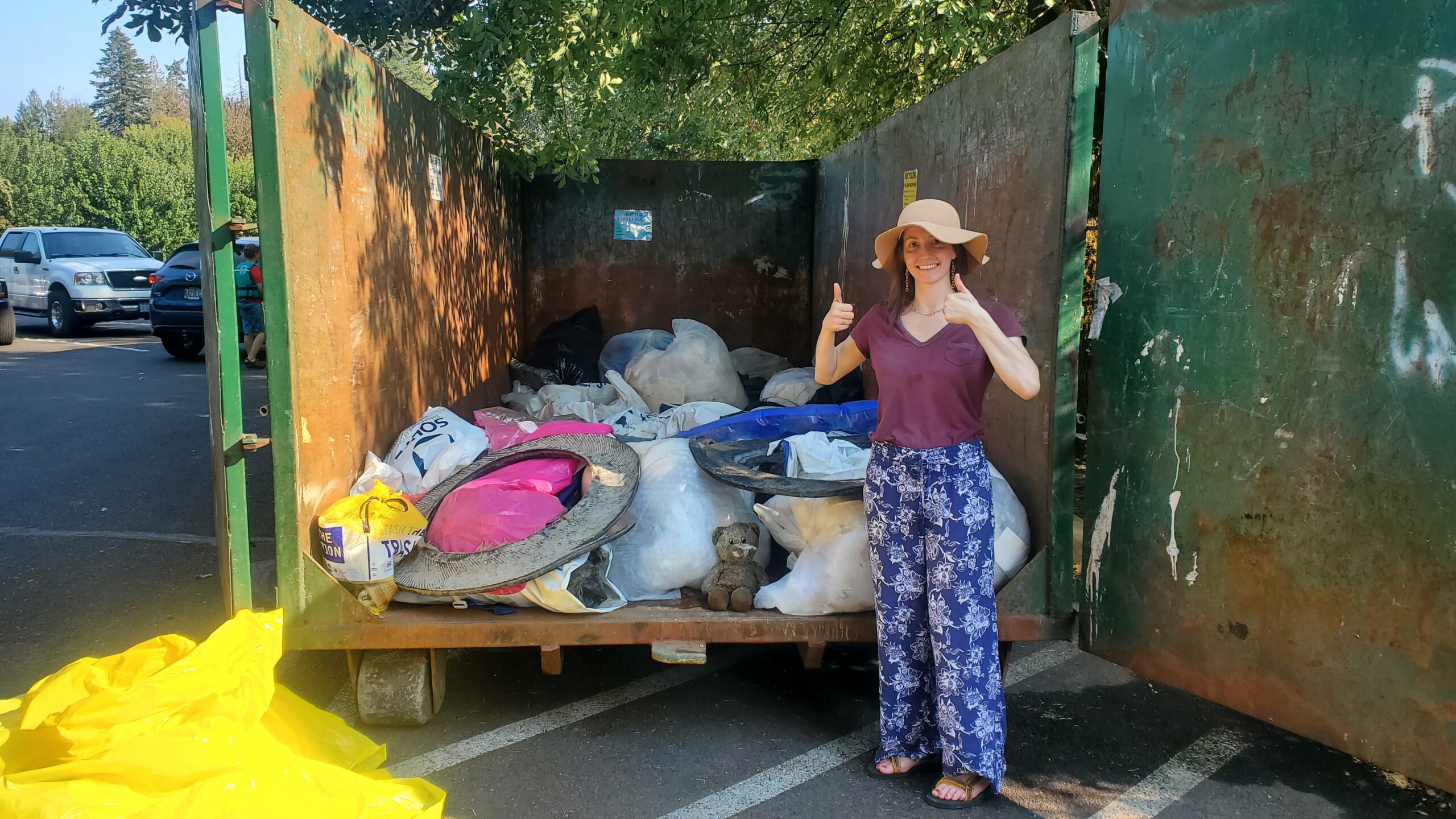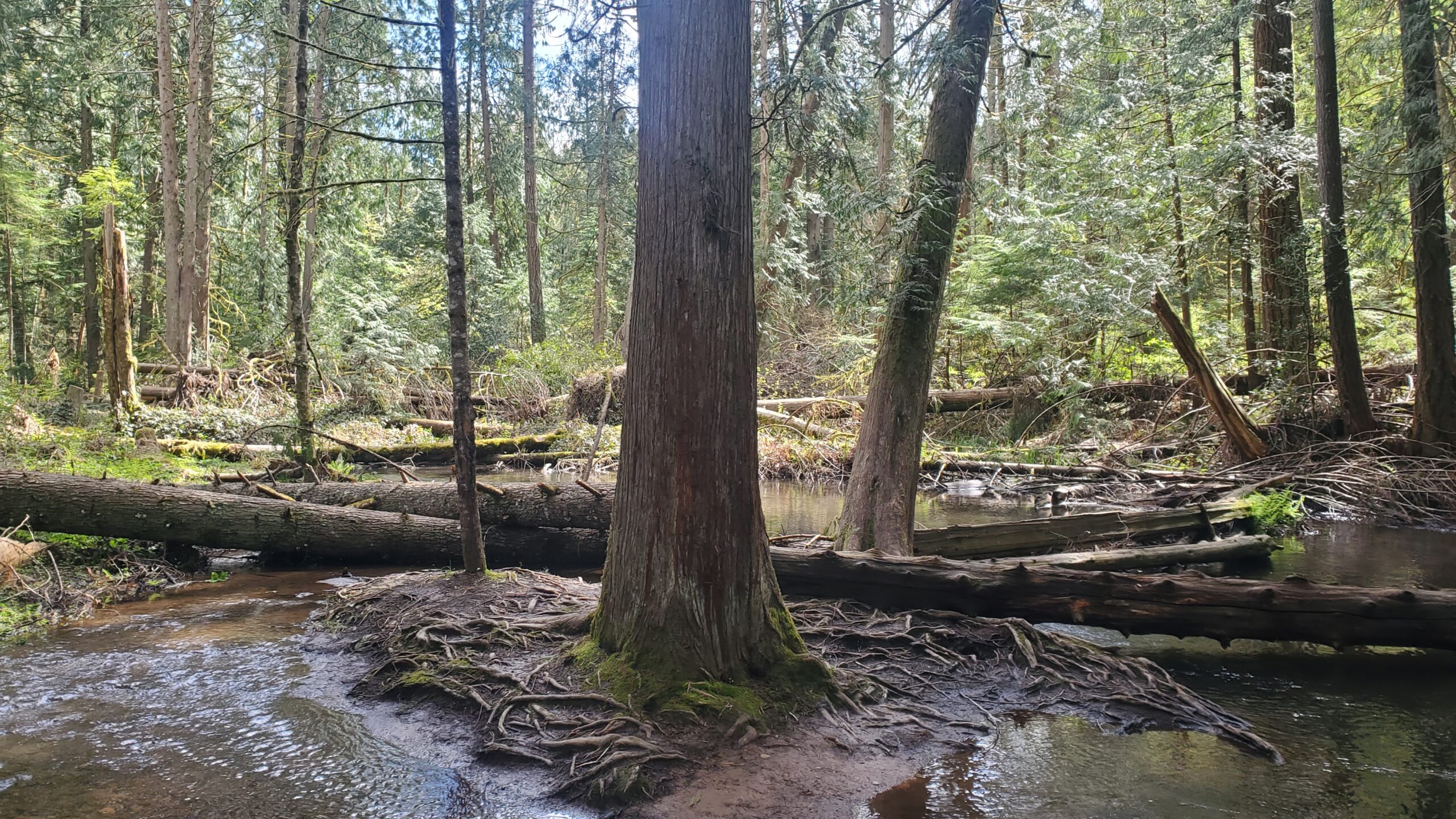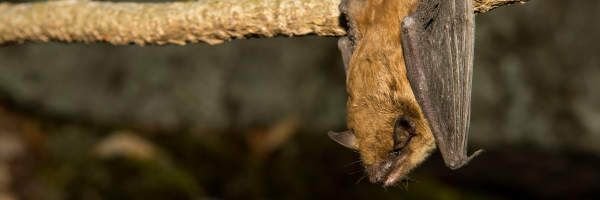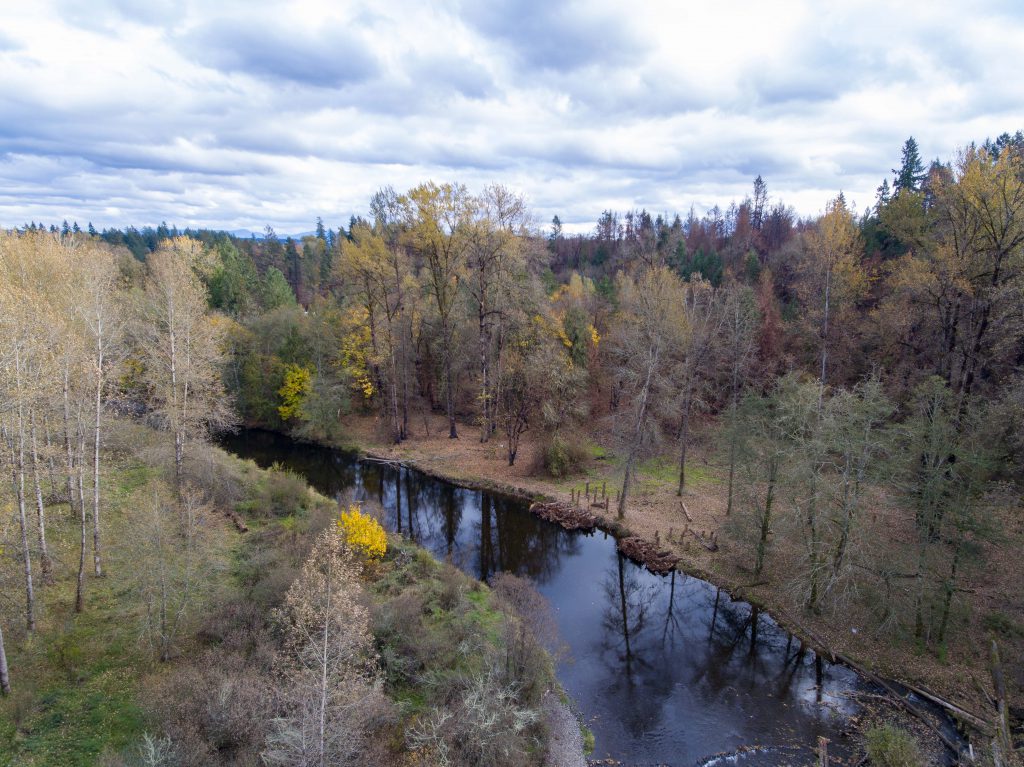
We Oregonians often joke we only have two seasons: a short, blissful summer and 9 months of rain. Since the 2020-2021 rainy season began in October, the Clackamas River nearly reached flood levels of 40,000 cubic feet per second (cfs) twice, with the USGS WaterWatch gauge near Oregon City registering 32,100cfs on December 21 and 37,800cfs on January 13.
While these high flows are natural – and hardly begin to compare to memories of the massive floods of 1964 – they can be problematic. Septemberís wildfires burned soils throughout the watershed, making the earth less absorptive. Forest rainfall is more likely to run straight to the waterways, bringing sediments, pollution, and sometimes even trees and landslides with it.
As our climate continues to change, our precipitation will vary even more. NOAA declared in September that we’ve entered an El Niño year, meaning the warm, tropical current will bring more moisture overall but less will fall as snow. That could mean greater spring flood risk and greater chances of summer droughts.
For the CRBC, these high flow events put our restoration projects to the test. Itís a test our engineers have studied for, however, as they incorporate flood model calculations as part of the project design process. Now, the proof is in the muddy pudding.
After a visit to our Large Wood Enhancement Project on Eagle Creek at Bonnie Lure State Recreation Area, we noticed the soils had been stripped by flood events this season. Some of the park burned in the Dowty Road Fire and the lack of ground cover made the soils vulnerable to the flows. We inspected the log structures we installed and even noticed mud and pebbles stuck on top of the structures – 6 feet above the bank! That showed us just how high the waters had risen – and that our structures had not even budged with such forceful flows.
As we continue to adapt to a climate with greater variability, we can anticipate stronger weather events to occur more frequently. We must put in place contingencies to account for these challenges and we appreciate the knowledge and skills of our partners to be able design and implement forward-thinking projects with such solid results.
This project is funded by the Oregon Watershed Enhancement Board. CRBC works with 14 other organizations to address and mitigate our salmon species’ most pressing challenges in an effort called the Clackamas Partnership. This project helps salmon by giving them improved access to side-channel habitats and large wood structures as cover habitat for juvenile salmon.


